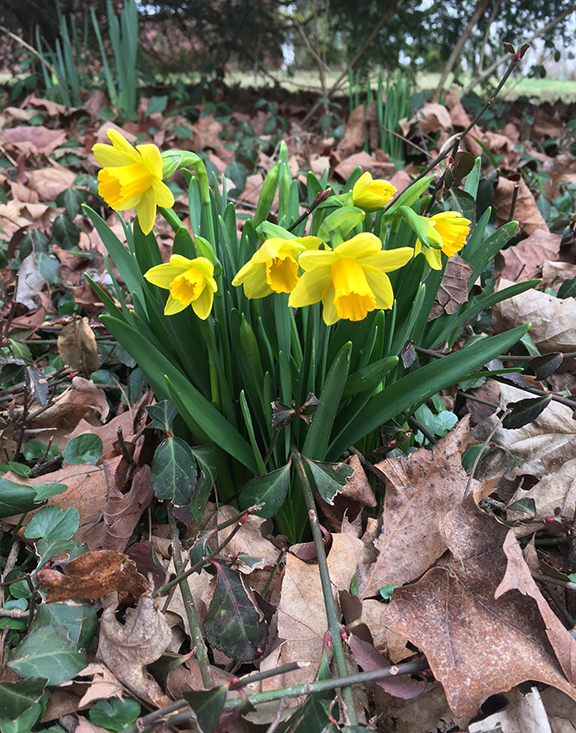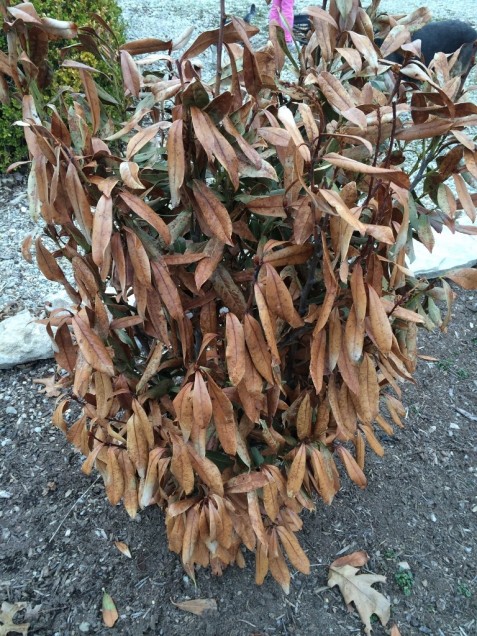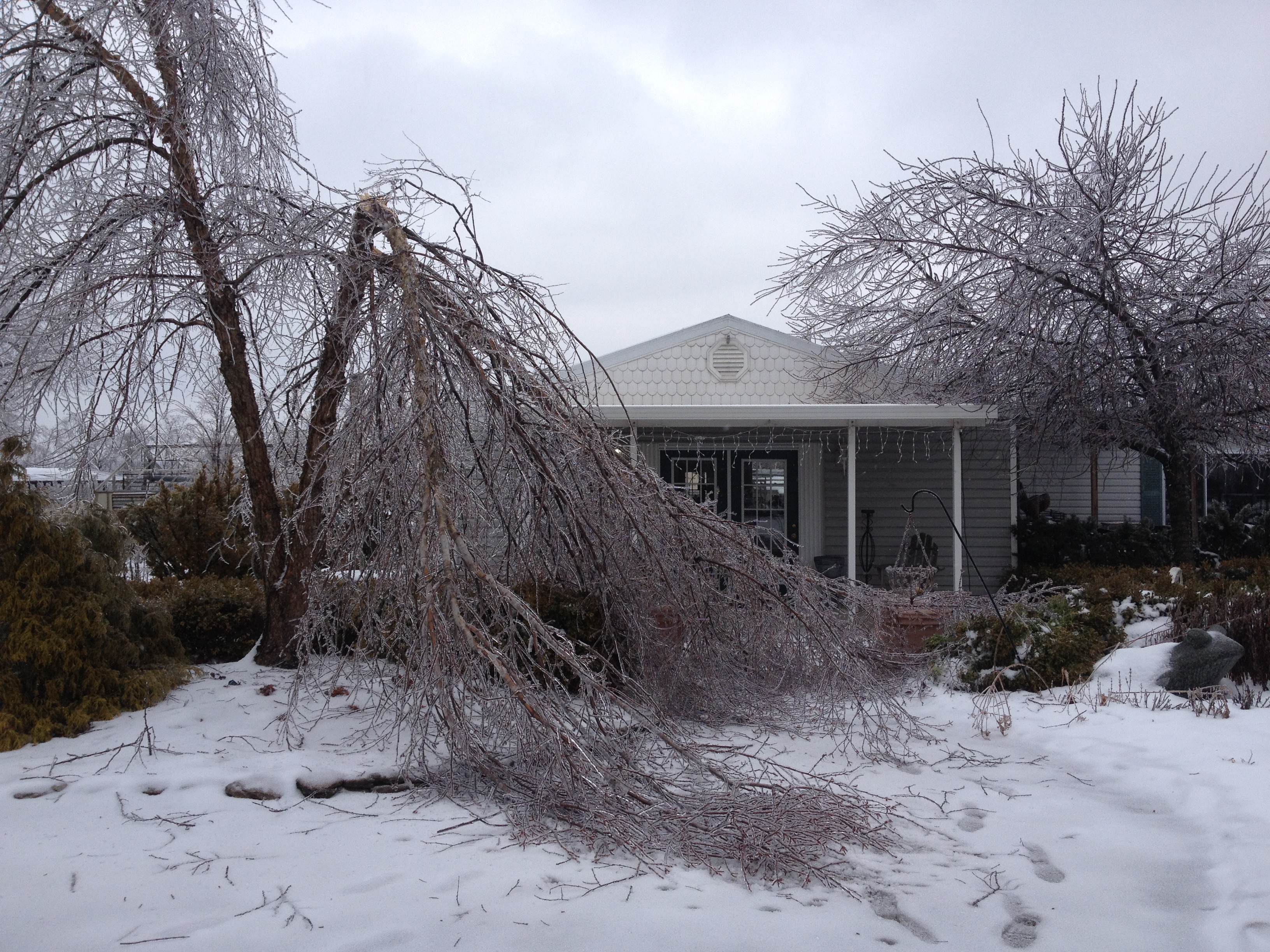by admin | Feb 24, 2017 | Design, Gardening, Landscaping
 Spring has SPRUNG!!!
Spring has SPRUNG!!!
Has Spring sprung?! I guess the loud “Sprongggg!” with sunny skies and 70 to 80 degree temperatures it certainly seems it has sprung. Along with warm April/ May like temps (I am writing this on February 22) birds are singing, animals are active and bugs are out. Last night at my sons Boyscouts meeting we were getting bit by mosquitoes! I say spring is here to stay. We might get a fluctuation or two or maybe even some snow but all signs are pointing towards spring. I had a 3″ slug creeping across our front porch this morning. Narcissus are blooming, Star Magnolias are opening, Willows and crabapples are leafing out and on and on. And the spring peepers! Don’t get me started on those as I have been hearing them for weeks. (Spring peepers are what my father always called the little tree frogs whose chorus of chirping one hears every spring, announcing it is here.)
Normally, we should have plenty of time to get our gardens and landscapes ready for spring, but with this kind of weather we will want to bump up the schedule. Here are things that you should be thinking about in your landscape whether you hire a professional like Boone Gardiner to do it for you or do it yourself.
Clean and Cut. Clean the garden of debris. Trim and prune shrubs as needed. Cut back old flower heads from shrubs such as hydrangea. Cut back ornamental grasses as well as any remaining perennials before they start to come out of the ground again. (at least too much out of the ground) Remove dead or diseased branches in shrubs and trees.
Edging. Unless you have stone, brick or another edging, It is always good to put a fresh spaded edge on the beds before you mulch them. It looks good, makes maintenance easier and helps hold mulch in the bed lines.
Mulching. Mulch is what protects plants, prevents erosion in beds, regulates moisture and helps control weeds. Spring mulching is always a good practice to get the garden or planting beds ready for the spring. We love high quality mulches such as hardwood, pine straw and pine fines.
Design, Plan and Edit. If you haven’t already done this over the winter time, it is a great time to start a landscape design, or revisit a plan that you are working on. Edit plantings as needed, transplant and divide perennials. And of course best of all start planting! For tender vegetables, annuals and some perennials you will obviously want to wait, but now is great time to plant trees and shrubs to get a jump start on the season.
This is just a short little post, as always please email or call with questions.
by admin | May 16, 2014 | Acorn Lane Farm, Boone's Blog Contributors, Garden Center, Gardening, General Info, Green Team, Landscaping, Matt Gardiner, Tips, Uncategorized
Come hell or high water, some of which we have already had, I was determined to get this blog post out. I have been trying for at least three months to get this completed but to no avail. It has been excessively busy with our landscape jobs, garden center, farm, employees, kids and family.

Skip Laurel with burnt foliage.
From the winter that would not end, to the spring of insanity, where I am so busy I cannot catch my breath. Albeit good insanity, as moneymaking insanity is always better than the alternative, but with this kind business it is always feast or famine.
We just survived that little thing around here known as Derby. Since only Louisvillian’s can turn a two-minute event into a month long party, of course many of our clients have to have their gardens and landscapes be just perfect for this time of year. Now we are into the normal spring rush. It is so crazy and intense that I often forget why I do this line of work.
I was at a new client’s home the other day, a friend from Rotary, and the first thing out of his mouth was, “Man, you have a great job; you must love what you do. You get to go to people’s houses, be outside, not cooped up in an office and see all kinds of great things.” I had that brief moment as often before, that I had to remind myself, “You know what, he is right and this is awesome.” However, I am just like anyone else and who is caught up in the day-to-day grind and forget what I am doing.
Spring has been spectacular as usual and we are fast approaching summer. However, it still seems that it is not business as usual. Plants are off schedule and blooming at strange times. Some are dead or some are tricking everyone into thinking they are dead, as they have taken longer than Rip Van Winkle to come out of their slumber.
For months now, I have had clients asking me about various plants and whether they were indeed dead. Most have assumed they are dead, as they just look horrible. All of the broadleaf evergreens took a hit. Plants like Southern Magnolia, Cherry Laurels (Skip and Otto Luyken), Holly, Boxwood, Nandina and many others. Other plants that are supposed to marginal here were not hit at all like one of my Osmanthus that looks amazingly well.

Scratching the bark of a Foster Holly.
I have been seeing some amazing things happen with plants coming back. I have been periodically checking on a planting of laurels that we installed last fall. A few months ago, I thought for sure they were all dead, but now all have flushed out and are looking great. Trust me, there are many that didn’t make it, but I am surprised by how many did survive. All we have to do is show them a little patience.
Keep in mind things like Crape Myrtle, Vitex, Nandina, etc. always take a long time to flush out their spring growth. We get asked about these plants every spring. The best way to check to see if a plant is still alive is to scratch the bark lightly with your fingernail or a knife and see if there is green underneath. If there is green, the plant is still alive. This doesn’t guarantee that the plant will flush out new growth, but there is a better chance than not. I have seen “green” plants stall out and just not have the energy or resources to push spring growth. Another possibility too, particularly with deciduous species that were knocked to the ground with total dieback, is new growth coming up from the roots. So again, be patient.

New growth on Skip Laurel
The amazing thing in all of this is to bear witness to the tenacity of life. This winter did claim some victims, but there are way more survivors than casualties. Plants are just like people; whatever doesn’t kill them makes them stronger. They just need a little time to gather themselves and pull out of the winter funk; Lord knows I have. Finally, plants like people will often surprise you in amazing ways, if you just give them a little patience. Happy Spring Everyone!
by admin | Feb 9, 2014 | Boone's Blog Contributors, Garden Center, Gardening, General Info, Landscaping, Matt Gardiner, Tips, Uncategorized
I just remembered that I some times take for granted that people know what to do with their landscape plants when they get damaged or weighed down by snow or ice. The answer is absolutely nothing. Yes, that is right, nothing. Well at least not until it warms up and they thaw out. This is a hard thing for us to do because when we see one of our cherished trees or shrubs bent over, branches weighed down with ice, it is natural to want to relieve the plant of this problem. Counterintuitive as it may be, that is often the worst thing you can do. While the branches are covered with ice or snow, they are very brittle and damage easily. The most obvious damage is complete breakage but there is also damage that can occur on the cellular level. It is better to let nature run its course, letting all branches and limbs thaw out completely. After the thaw, the branches will usually spring back into place; this process may take awhile but it occurs most of the time.

River Birch ice damage in front of garden center
If complete breakage has occurred, you will still first want to let the plant thaw out completely, then come back and make a clean-cut. It is almost guaranteed that the break will not be clean and will be a splintered break. The tree will have a difficult time healing and the wound can open it to other pest or disease problems later on. Use a sharp hand saw or chain saw, make a clean cut back to the next branch junction and branch collar. The branch collar is the raised part at the base of a branch where it connects to the trunk of the tree or a branch. You do not want to cut past this, but just in front of it. In other words, don’t leave big stubs by just cutting the branch in the middle or not far enough back. The tree cannot heal properly from this kind of pruning.
It is interesting to see the difference in how various plants react to these kinds of winter weather events. Obviously the trees and shrubs from more hardier clients have adapted to this kind of event and they don’t exhibit as much if any breakage as some of the plants from less harsh winter areas.
 Spring has SPRUNG!!!
Spring has SPRUNG!!!



Recent Comments